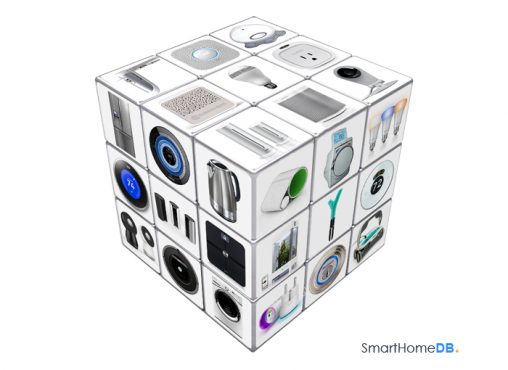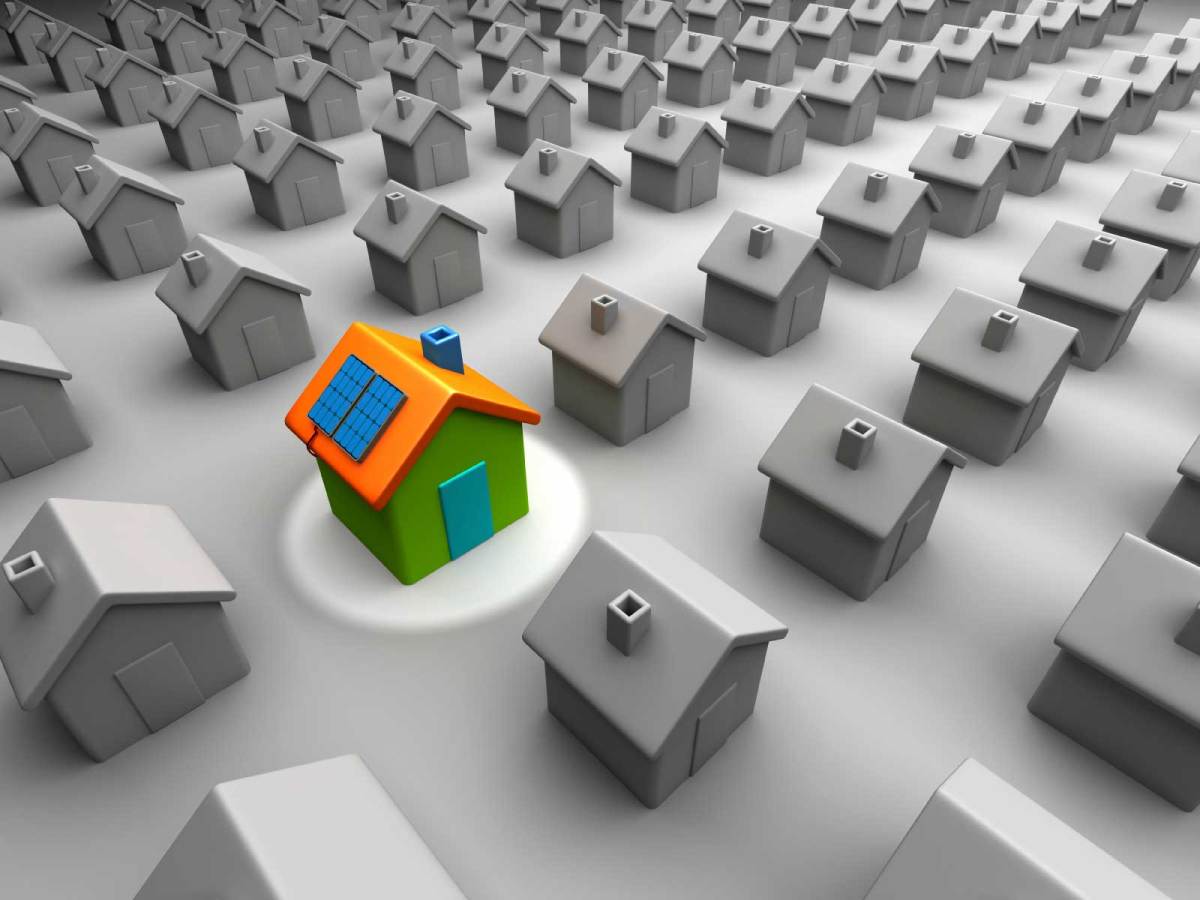Planning your smart home of the future is just like solving a Rubik’s Cube; once you know the formula it’s an easy puzzle to solve.
That’s the belief of Chun Liew, a smart home pioneer who recently built an online platform for aspiring smart home consumers. SmartHomeDB officially launched 1 January 2015 with the aim to accelerate the mainstream adoption of smart home systems by filling the ‘smart home knowledge gap’ and educating everyday consumers on how to properly upgrade to a smart home.
“I like to compare the smart home landscape with a Rubik’s Cube and I personally call it the ‘Smart Home Cube’,” Liew says.
“The trick to solving a Rubik’s Cube is to memorise 20 patterns by heart. Once mastered, you’re able to solve any Rubik’s Cube within three minutes.
“Our goal with SmartHomeDB is to basically write the solution to the ‘Smart Home Cube’ puzzle and we hope that many households will over time become interested in solving the ‘Smart Home Cube’ themselves.”
SmartHomeDB includes smart products released around the world, all verified compatibilities, aggregated consumer reviews from all over the web, and daily prices from more than 25 online retailers. Chun describes the site as an “open community-supported master database which would include everything related to the ‘smart home’ — conceptually similar to how IMDb.com includes everything related to movies and Houzz.com includes everything related to interior design.”
After discussions with friends Chun realised that for the smart homes to become mainstream consumer awareness and understanding would be critical.
“On one of my trips to Singapore in 2014 I had an interesting discussion with some of my friends regarding the home automation solutions they had installed in their newly bought homes or retrofitted homes. Some had chosen to go with professional installers and were charged upwards of USD$10,000 for their solutions whereas others were experimenting with significantly lower cost Do-It-Yourself solutions, consisting mainly of products imported from the United States and Europe.
“I decided to look deeper into the Do-It-Yourself solutions and what became clear very quickly was that the market landscape was complex and that major technology players such as Google, Samsung and Apple were making big bets on the ‘mainstream smart home’ industry. Google for example spent heavily on Nest and Nest consequently spent significantly on Dropcam and Revolv. Samsung spent significantly on SmartThings and Apple is focusing on its HomeKit roll-out.”

For consumers wanting to begin building their smart home Chun recommends starting with a single internet-connected product solution such as Philips Hue Bulbs or Nest thermostat.
“If that experience is positive, then consider digging deeper into smart home ‘hubs’ such as SmartThings and Wink which are for the time being still required to interconnect multiple smart home products,” he said.
Challenges facing the smart home market
Chun identified three major challenges facing the market which will need to be resolved in the future: industry protocol standardisation, consumer awareness and understanding, and simplified user experiences.
Firstly, industry protocol standardisation refers to the technology household ‘things’ use to communicate with each other. Chun explains:
The major industry protocols/radio frequencies currently used in the mainstream smart home landscape are: Wi-Fi, Z-Wave and Zigbee. Basically everybody knows and understands Wi-Fi but I am pretty sure that less than 1 per cent of the global population has ever heard of Z-Wave and Zigbee. On top of that we are gradually seeing more products using Bluetooth Low Energy (BLE), 6LoWPAN and Nest has led the establishment of a new protocol called ‘Thread’.
At the end of the day consumers do not care which protocols/radio frequencies are used in their home, they simply want the products to work the way they expect to work and to have consistent delightful experiences.
My personal take on the industry protocol standardisation challenge is that product producers should consider a WhatsApp approach to the problem. One of the reasons WhatsApp became the leading instant messaging application for smartphones is because it was designed to be compatible with almost all operating systems (Android, iOS, BlackBerry, Windows Phone, Symbian).
Over time, I personally think 3-5 years, I expect three frequencies will come out as ‘winners’. Wi-Fi definitely being one of them, the two other frequencies I am unfortunately not able to forecast as there is simply too much competition at the moment among the multiple protocols/radio frequencies and not yet a clear alignment among the industry stakeholders.
The second major challenge is consumer awareness and understanding. While single-internet connected products like Philips Hue are fairly well understood and have received strong coverage, adding in more products from different brands begins to complicate the situation.
“Many consumers however are not aware of the relevance of product compatibilities, the relevance of quality software/apps and the relevance of cloud infrastructure with regards to upgrading to a ‘true’ smart home. A huge challenge is the fact that the number of variables the mainstream smart home will have to deal with will stay high as we move forward.
“As more people talk and educate themselves about the technical issues related to the smart home I foresee that the ‘smart home knowledge gap’ will gradually become smaller over the next 5-10 years.”
Finally, manufacturers will need to collaborate to make the whole system, from installation through to use and updates, a simplified user experience.
“Consumers want ‘Plug & Play’ solutions. For Do-It-Yourselfers it is simply not possible to provide that level of simplicity for certain smart home product categories. For example, installing a Smart Thermostat will require touching electrical wires and the same holds for light switches. Installing a Smart Door Lock will require removing your existing lock and installing your new smart lock.
“For those products which are able to provide a ‘Plug & Play’ solution, the current installation experience is often not very user friendly because firmware updates are required for a lot of smart home products on the market right now as all product producers are vigorously working on resolving all the bugs experienced by real-life consumers.
“If you then take product compatibilities into account it gets even more tricky because given that the hardware you have has ‘matching radio frequency chips’ built-in, software drivers are required to make products compatible with one another, resulting in again having to update your firmware and/or software to facilitate the respective compatibility you want to activate.”
Where the market is heading
Chun believes there are two major market segments which will drive the adoption of the ‘mainstream smart home’: Do-it-yourself consumers and service providers.
“I foresee that within the next 3-5 years, one out of every 10 households in North America, Western Europe and Australia will have at least a single internet-connected product solution in their homes (e.g. lighting, camera, thermostat, sensor, scale) which were installed by Do-It-Yourself consumers.
Further into the future, Chun predicts in the next 10-20 years one out of every 10 households in North America, Western Europe and Australia will have three or more internet-connected products installed by home owners.
Service providers, including security companies, telcos and energy providers are also investing in and aggressively promoting this market, Chun said.
“Security Providers such as ADT and Vivint have proprietary smart home ecosystems which have shown to realise an increase in consumer adoption on a quarterly basis and I foresee this trend to continue.
“Telecom/Internet Providers such as Verizon and Comcast have defined smart home solutions as growth opportunities and are already aggressively promoting smart home products and solutions to their consumers.
“Utility/Energy Providers such as Direct Energy and National Grid in North America are already offering ‘free’ smart thermostats to their consumers. I foresee that within the next 10 years one out of every 10 households will have a smart thermostat in North America, Western Europe and Australia due to a significant push from the Utility/Energy Providers as it offers major benefits to both the consumers as the Utility/Energy Providers, mainly related to energy-savings.”
As a measure of where the most interested smart home consumers are located around the world, Chun shared where SmartHomeDB’s traffic is coming from. (NB the site currently only publishes information in English).
SmartHomeDB visitors:
- United States
- Canada
- United Kingdom
- Germany
- Netherlands
- France
- Australia
- India
- Spain
- Norway

